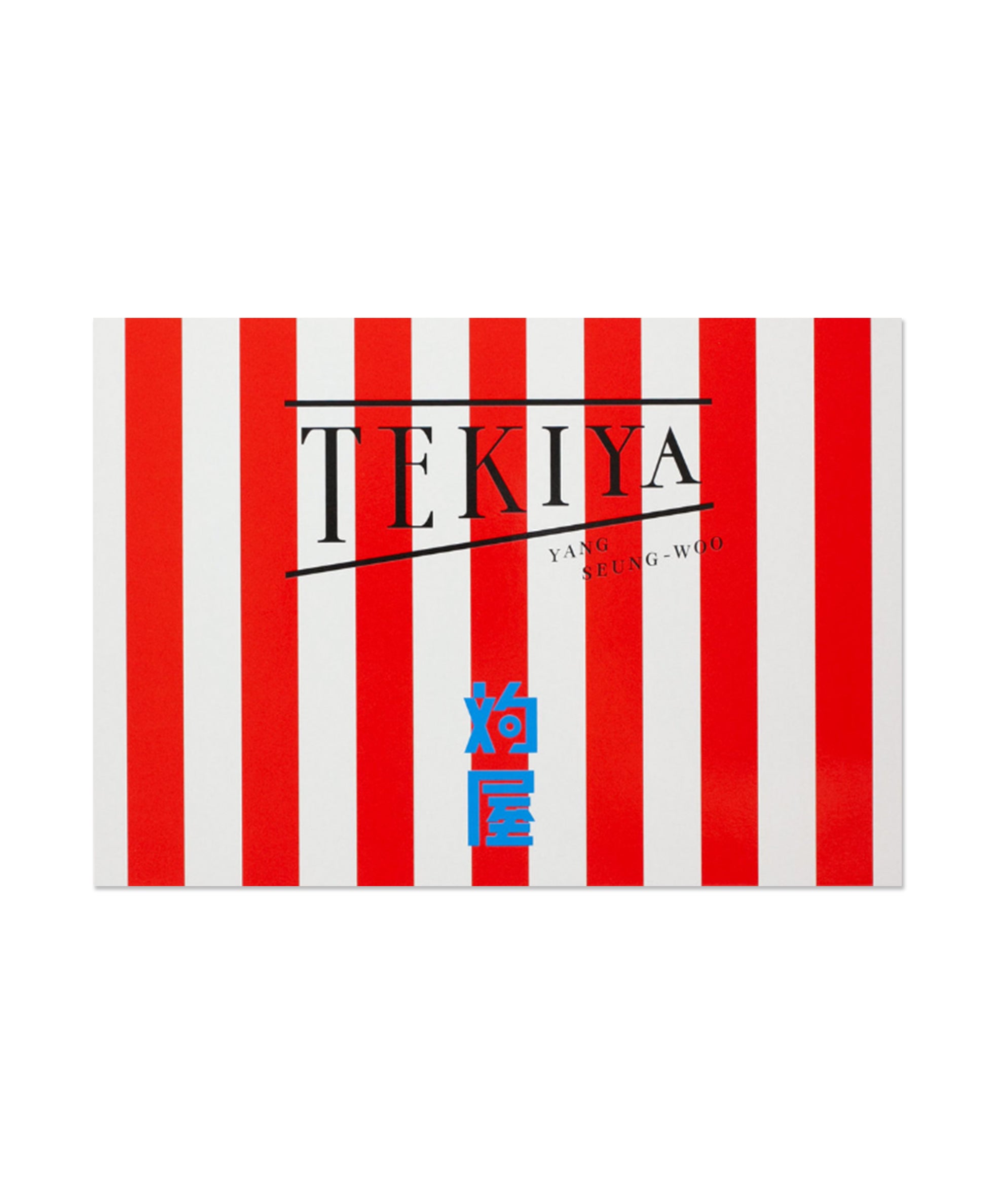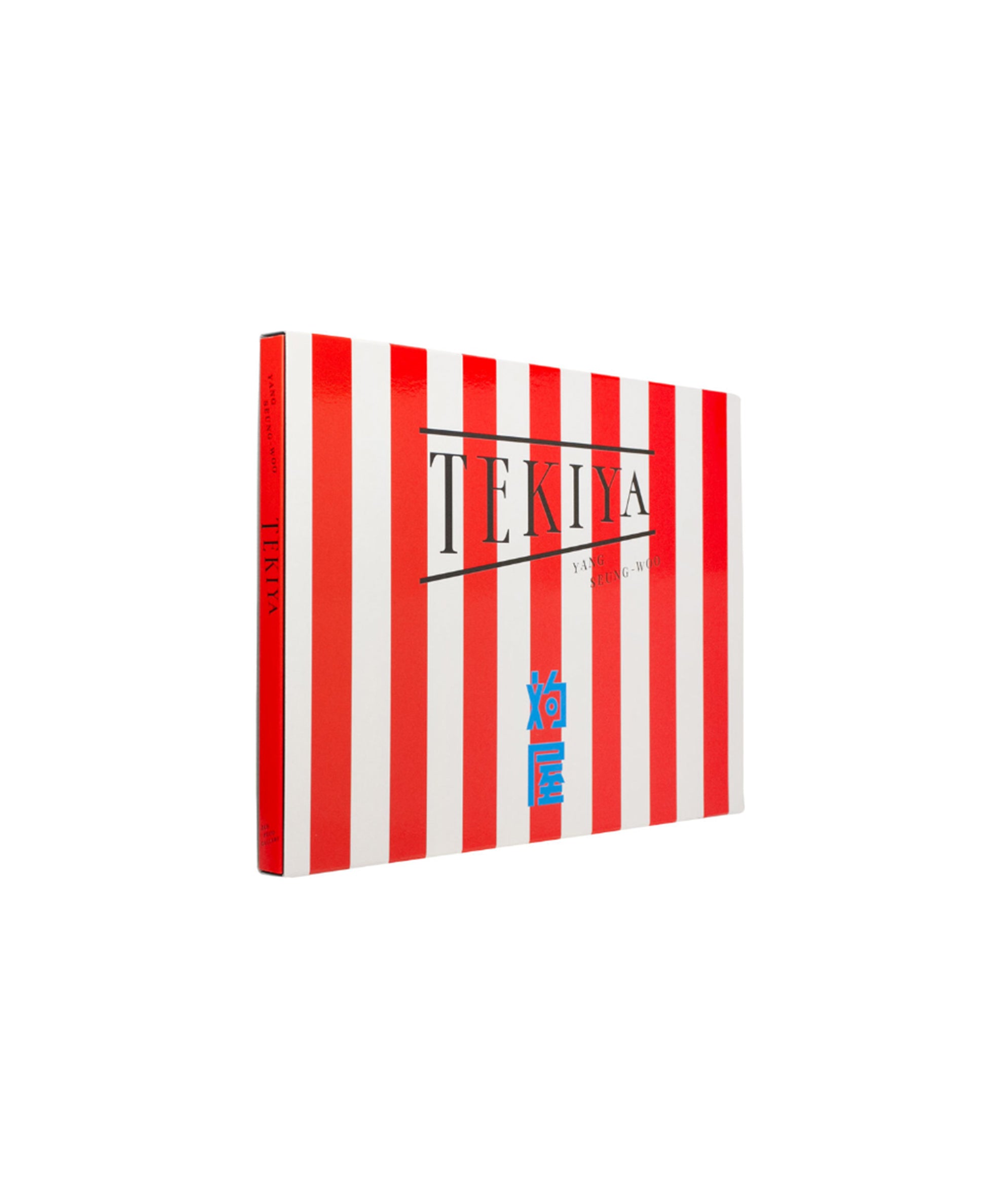SEUNG WOO YANG - TEKIYA
Pickup available at 1 rue des Minimes
– Default Title
-
1 rue des Minimes
09709759181 Rue des Minimes
75003 Paris
France
SEUNG WOO YANG
TEKIYA
Published by Zen Foto Gallery, 2022
Book Size 21 × 29.7 cm
Pages 144 pages, 141 images
Softcover, Slipcase
Language English, Japanese
Yang Seung-Woo (“Shinjuku Lost Child”, “The Best Days”, “The Last Cabaret”) spent more than ten years photographing tekiya, the Japanese merchants traveling from festival to festival to sell typical foods and other goods from mobile stalls.
Struggling to make ends meet, Yang started working part-time as a tekiya himself, selling fried chicken at festivals. Despite the initial fun and the gaudy image, he writes in his afterword, “it's a rough and physically demanding job” with long hours of hard work under harsh conditions. While the initial plan was to focus on the festivals, over the years Yang's photography shifted towards the tekiya themselves. In his typical earnest, straight-forward style, Yang captures the upsides and downsides of the Japanese carnie lifestyle: the yakuza rites, the wads of cash, the radiating oldschool masculinity, the exhaustion, the roughness and nonluxuriousness of the day-to-day life, the excited atmosphere at the festivals.
With his unique background and his own experience of having worked as a tekiya shortly after coming to Japan, Yang is able to offer an unimitable look at the largely unknown world of the tekiya.
-----
Yang Seung-Woo ("Shinjuku Lost Child," "The Best Days," "The Last Cabaret") has spent more than a decade photographing tekiya, Japanese street vendors who travel from festival to festival selling local foods and other goods from mobile stalls.
Struggling to make ends meet, Yang began working part-time as a tekiya himself, selling fried chicken at festivals. Despite the initial enjoyment and the garish image, he writes in his afterword, “it is hard and physically demanding work” with long hours of hard labor in harsh conditions. While the initial plan was to focus on the festivals, over the years Yang’s photography has shifted to the tekiya themselves. In his typical serious and direct style, Yang captures the pros and cons of the Japanese carnie lifestyle: the yakuza rituals, the wads of cash, the radiant old-school masculinity, the exhaustion, harshness, and lack of luxury of everyday life, the high-energy atmosphere of festivals. With his unique background and his own experience of working as a tekiya shortly after arriving in Japan, Yang is able to offer an inimitable look into the largely unknown world of the tekiya.







